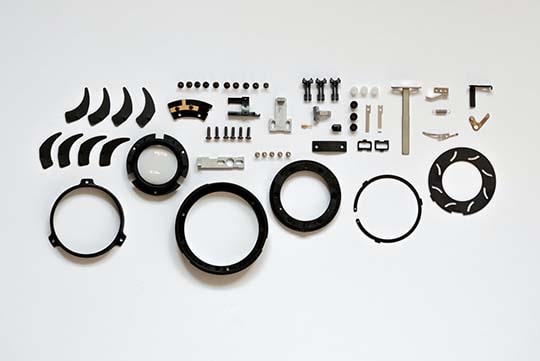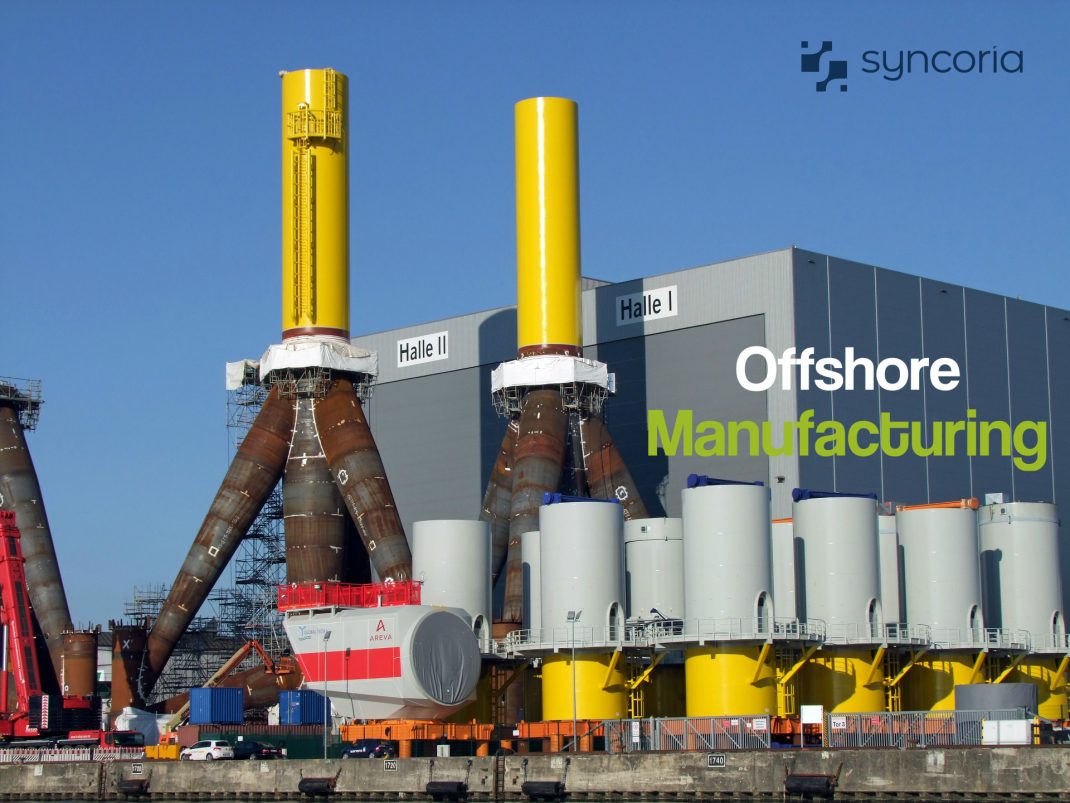Related Articles
Businesses often look for ways to effectively reduce expenditure and maximise profit mainly through cheap labour in the most time efficient ways.
In order to do so, businesses opt for offshore manufacturing which allows these businesses to relocate their production site and release these products into the market with minimal expenses.
For instance, in countries where labour is cheap, companies are more likely to invest resources to import products and utilise this opportunity to contribute in maximising profit.
However, the business procedure of offshoring reduces the promotion of domestic goods and services and disincentivize the public to consume local products.
Fighting Lower Costs Offshore Manufacturing
In order to effectively combat the already lower costs of offshore manufacturing, the companies have the option to invest and incorporate technology into their manufacturing process which in the long run, would contribute to not only maximising profit more efficiently but also to reduce production time, encourage consumption of local goods, create a safer workspace, increase quality of products and reduce human error in the overall production process.
Every company looks to reduce production costs and extract the maximum amount of profit while running a business.
In a scenario where cheap labour exists and the cost of offshore manufacturing is already low, the investment made in relocating resources eventually amounts to a huge proportion in the long run.
To combat such a situation effectively, technology, automation in particular, plays a crucial role in increasing efficiency and smooth production.
During the initial stages, it may appear that investing in automation is too heavy of an expense to bear.
But the long-term effect and outcome of automation ensures companies to maximise profit and sales more adequately.
With offshoring and manual labour, the company is at a disadvantage as there is no direct overseeing of the production process and a lack of control in the procedure.
It also contributes to the uncertainty of worker spirit and demands which influence the production. However, with machines and automated factories, these concerns are eliminated.
Offshore Production Costs
Companies often look for ways to get the best product with the lowest investment i.e. cheap labour.
In the case of offshoring, the company does not necessarily have a hand in techniques and materials which go into making the final good nor are they directly able to assess the situation of the workspace and interact with the workers if necessary.
Rather, the companies have to make do with what they receive and release those products to the public. Automation has the ability to successfully eliminate this lack of control and decision and allow the company to directly engage with and test the product.
In doing so, it not only reduces the chances of releasing a faulty product but also ensures quality and as a result, an increase in demand of that product. Consecutively, the overall profit is elevated.
Automation ensures that products are made faster and to the quality which the company demands, in other words, the company has a direct hand in the making of the goods.
Above that, it reduces the expense of wages and worker salary and is more time efficient, as one machine has the capacity to produce an amount of good which would have taken ten workers to produce for a longer time.
Therefore, the profit made through an automated process is significantly higher than the profit made through offshore manufacturing and utilising foreign cheap labour.
Offshoring, even if cost efficient in the short run, does not eliminate human errors in the production process, decrease investment in worker benefits (i.e. healthcare, paid leave etc.), increase efficiency of production nor reduce production time.
Over time, the expenses made to make up for such errors, mount up to a large number.
Automation eliminates such concerns and issues and provides more profit by utilising time and energy in making quality local products through high-tech machinery which require a handful of workers to operate.
In factories reliant on manual labour, the workers are more prone to accidents and mistakes which delay the production process and add to expenses in making amends and damage control.
This not only contributes to the expenses of the companies but deals with legal issues as well. However, a production system based on automation and machines has the potential to reduce workplace accidents and address security concerns along with ensuring quality goods made domestically in a more time efficient manner.
The government of a country is also benefited by investing in automation through providing subsidiaries for maintenance of the equipment.
It further incentivises companies to cater to domestic needs and resources and as a result, increase the market competition.
The maintenance and care which goes into the smooth functioning of machines would be an expenditure made once or twice a year by the government and still give a profit higher than offshoring.
Lastly, in such countries where the labour is cheap, workers are often exploited and required to work in unsafe and hazardous conditions by risking their own lives.
Offshoring Systems
Offshoring promotes such insecure and unfair systems where the middleman is mostly benefited as the workers themselves only receive the bare minimum wage.
Even though automation would take away this scope for income, it would eliminate the dangerous working environment which endangers the lives of the workers in the first place.
As a result, these workers would have to find vocational jobs or other sustainable employment which would provide safer working conditions.
The initial investment might seem larger compared to that to the offshoring procedure but the overall outcome of automation would result into a more time and cost-efficient mechanism which would benefit the company’s profit and market sales in the long run.
Plus, it can be assumed that in places where the labour is cheap, as the workers become more and more skilled is a particular process of production, that the price of labour will increase gradually.
Rather than investing in a short-term cost-effective mechanism, it would be more beneficial to invest generously in a technology which would sustain profit maximization for decades.








